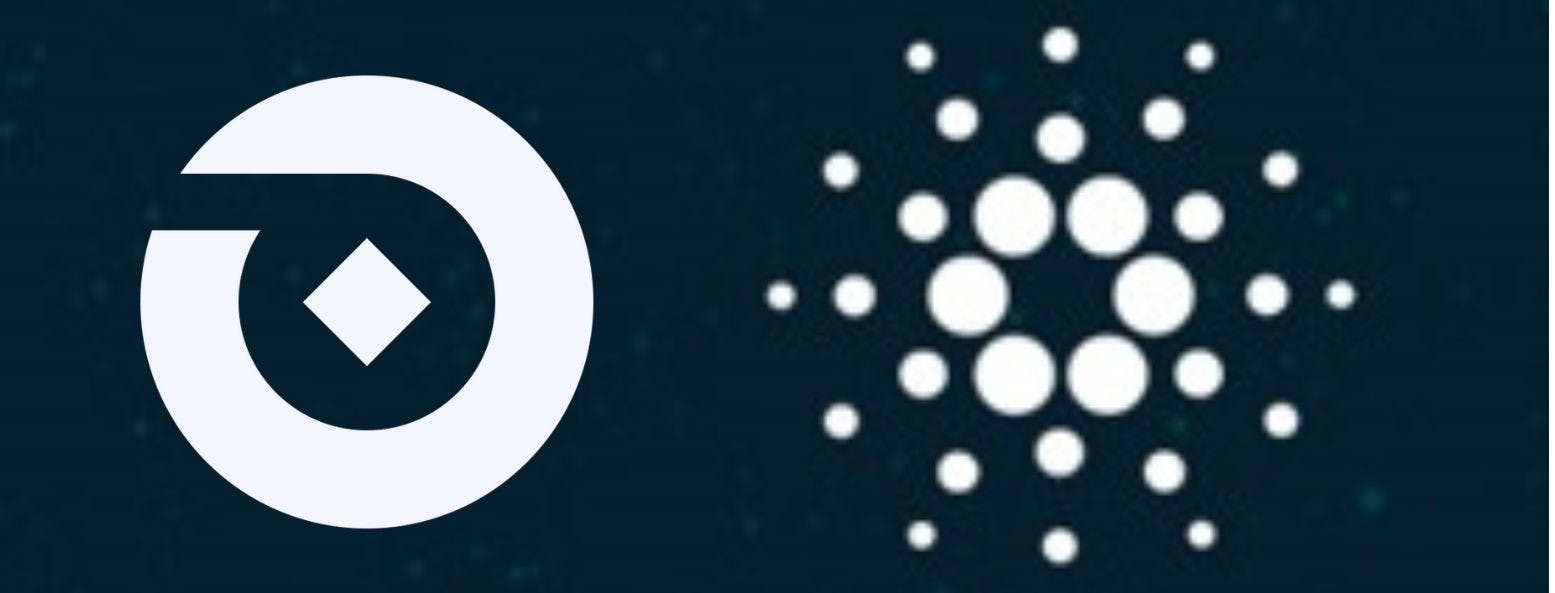
Cardano $ADA Analysis: Worth the Hype?
TLDR: Not Worth the Hype
This analysis is for informational purposes only, and should not be used for investment decisions.
Brought to you by Tokenpad
This analysis is sponsored by Tokenpad, the app that helps you become an intelligent crypto investor.
Worth the Hype?
Cardano has emerged as a prominent token, with a quasi-cult like community.
We will delve into various aspects of Cardano, including its development, market performance, unique features, and its position.
The Vision and Early Days
Charles Hoskinson, one of the co-founders of Ethereum, brought his expertise and vision to Cardano. After parting ways from Ethereum, after some heated discussions about the future of the project, Hoskinson sought to create a blockchain platform that prioritized sustainability, interoperability, and transparency. This vision led to the establishment of IOHK, the organization behind Cardano.
Cardano's development began with the release of its whitepaper in 2017, outlining its research-driven approach to blockchain technology. The project's commitment to peer-reviewed research and rigorous development practices set it apart in the crypto space.
The project gained momentum due to its research driven narrative, as it introduced a proof-of-stake consensus mechanism when it was emergent.
Market Performance and Tokenomics
The project initiated its ICO in 2017, raising $60 million by selling ADA tokens at a price of $0.0024 each. Cardano is trading at $0.25 with a market capitalization of around $9 billion, down from an ATH of 90B+. The core metrics are:

Valuation Comps

If we take a look at the main comps, the picture becomes clear. Cardano is generating very little fees (revenue), resulting in a 40x higher comp than Ethereum. This goes hand in hand with the 76x less DAUs, and 16x less transactions, with activity being flat over the last 4 quarters. It’s also worth mentioning that ATH contraction is way higher than Ethereums’.
Cardano currently offers approximately 2 transactions per second (TPS). This is significantly lower than Ethereum's 60 TPS and Solana's 4,000 TPS. This explains the lack of ecosystem growth and blockspace use, compared with Ethereum and it’s L2s.
Cardano's native token, ADA, is not only used as a transaction fee (gas) but also for staking. The network has an inflation rate of 0.3%, with staking rewards currently hovering around 3%.
Cardano has a treasury fund with a substantial value of over $300 million, with more than 70% of these holdings denominated in ADA. These treasury funds are intended for the advancement of the Cardano ecosystem and its various projects.
Scalability Solutions
Cardano's is working on a scalability solution similar to zkSync or other zk rollups, known as Hydra. Hydra is a state channel solution that allows multiple parties to conduct numerous transactions off-chain, reducing the need for every transaction to be broadcast across the entire network, but it hasn't driven transaction growth and projects into Cardano.
A tough buy
Cardano has had sustained market performance, and has established itself as a significant player in the blockchain space. But upon further inspection, it’s metrics and comp multiples are shy from other chains. Making the bull case a tough buy.
